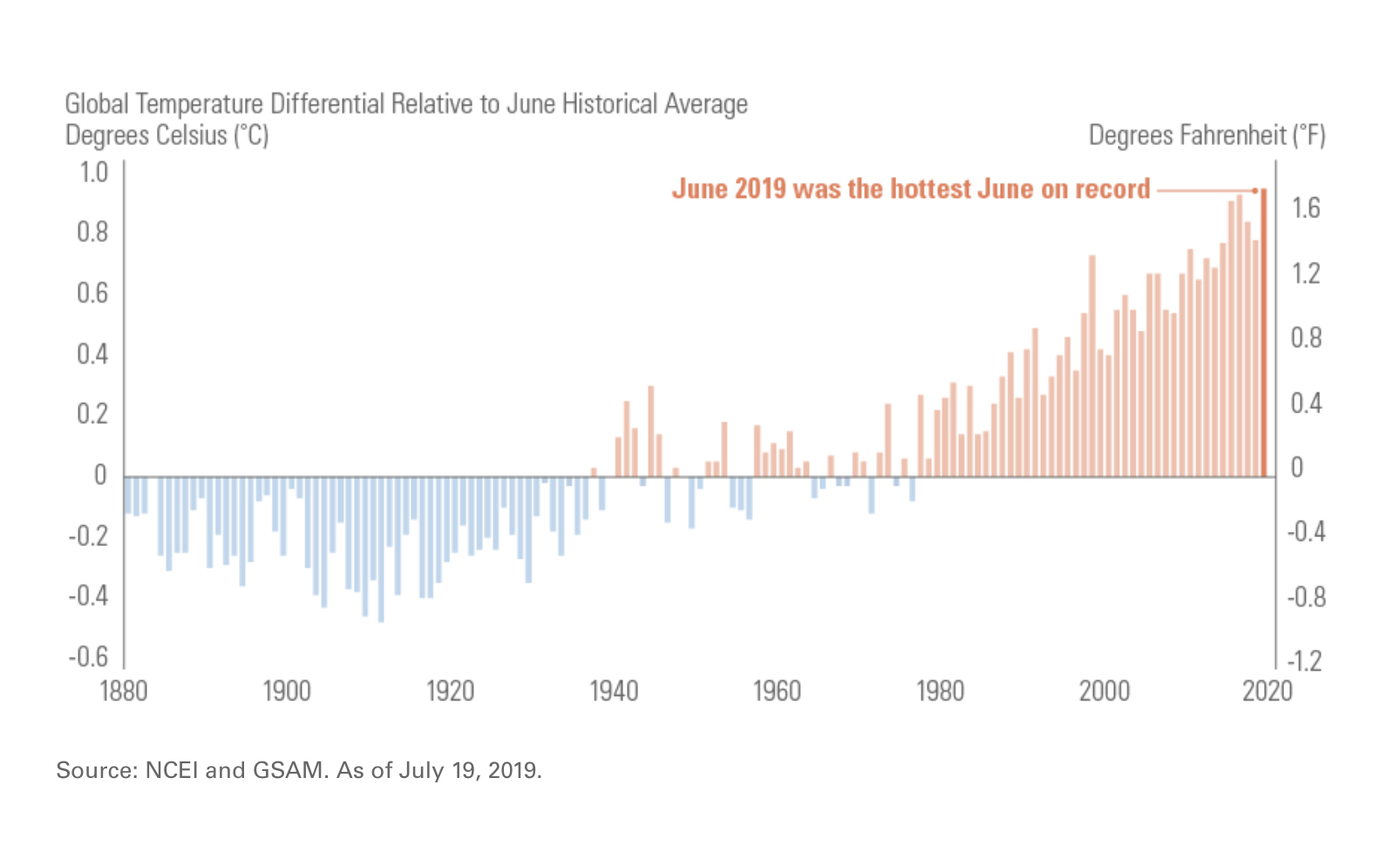 Contributed by: Robert Ingram, CFP®
Contributed by: Robert Ingram, CFP®
It’s hard to believe we’re already down to the last official days of summer and about to begin another fall season. And along with the foliage, football games, and cider mills comes the health insurance open enrollment season for many employers and for Medicare.
Now, I know reading through benefits manuals may sound about as fun as cleaning out the gutters or raking those autumn leaves. But as our health care costs continue to rise (federal government actuaries estimate U.S. health care spending averaged $11,212 per person in 2018), making smart decisions is critical to keeping more money in your wallet.
Investing a little time to make sure your coverage meets your needs, and limits your financial risks, can really pay off.
Employer-sponsored health insurance plans
Many employers offer an annual open enrollment this time of year, giving employees an opportunity to select, or make changes to, benefits effective in the next calendar year.
Consider these points as you make your health insurance elections for 2020:
Review and compare your available plan offerings (e.g. PPO vs. HMO). For some key differences among plan types, click here.
Focus on more than just the premium costs. Compare the potential total out-of-pocket costs, including deductibles, copays, and the annual out-of-pocket maximums.
Consider your health history and the services you may use in the next year. Are you likely to hit the deductible or maximum out-of-pocket costs each year? The benefit of lower premiums for a high deductible plan may be outweighed by higher overall out-of-pocket costs. Are you less likely to hit the deductible, or do you have excess cash in savings to cover unexpected health care costs? A lower premium, high deductible plan may be a good choice.
Consider whether funding an available Flexible Spending Account (FSA) for health care or Health Savings Account (HSA) makes sense. Keep in mind some key differences:
HSA requires a high deductible health plan.
You generally must spend FSA dollars on eligible expenses by the end of each plan year or forfeit unspent amounts (use-or-lose provision).
HSA balances carryover (no use-or-lose provision).
For working spouses, it is also important to review each of your employer-sponsored health plan options and consider any limitations on spousal coverage. It has become increasingly common for employers to add surcharges to the premium for spousal coverage, or to entirely exclude coverage for spouses who have access to their own employer-sponsored coverage.
Medicare Open Enrollment
The *Open Enrollment for Medicare Advantage and Medicare prescription drug coverage window opens each year for anyone currently enrolled in Medicare to make changes to their plan, add certain coverages, or enroll in a new plan. It also allows first-time enrollment for individuals who have qualified for Medicare but have not previously enrolled at age 65 or during a Special Enrollment Period.
This window opens from October 15 through December 7. Changes you can make include:
Changing from Original Medicare (Part A/Part B) to a Medicare Advantage Plan
Changing from a Medicare Advantage Plan back to Original Medicare
Switching to another Medicare Advantage Plan
Joining a Medicare Prescription Drug Plan (Part D)
Switching from one Medicare drug plan to another Medicare drug plan
Dropping your Medicare prescription drug coverage
*There is also a Medicare Advantage Open Enrollment from January 1 through March 31, but only for those currently enrolled in a Medicare Advantage Plan. It allows changing from one Medicare Advantage Plan to another, or changing from a Medicare Advantage Plan back to Original Medicare.
Unlike the fall open enrollment period, this window does NOT allow changes such as switching from Original Medicare to a Medicare Advantage Plan, joining a Medicare Prescription Drug Plan, or switching from one Medicare Prescription Drug Plan to another if enrolled in Original Medicare.
What if I am employed at age 65 or older?
For employees age 65 and older who are reviewing their health coverage options, the decisions can become more complicated due to Medicare eligibility. If such employees have access to great employer group health insurance coverage at very reasonable costs, it could make sense to continue this coverage even while Medicare eligible. This can lead to additional questions such as:
Should I enroll in Medicare if I have other coverage?
For which parts of Medicare should I apply?
With more than one potential payer (e.g. employer health insurance provider and Medicare), “coordination of benefits” rules determine which pays first. Understanding how your employer coverage coordinates with Medicare is an important factor in your decision-making process.
For employers with more than 20 employees, the group health plan generally pays first, and Medicare is secondary. This means that if the group plan does not pay all of the bill, Medicare would pay based on its coverage structure, what the group plan paid, and what the provider charged. Because the group health plan is the primary payer, you may have more flexibility to apply for portions of Medicare, such as selecting Part A (which is premium-free for most everyone) and deferring Part B (which has a monthly premium).
If an employer has fewer than 20 employees, Medicare generally pays first, and the group health plan becomes secondary. In this case, as an eligible employee, you should probably enroll in Medicare Parts A and B. (Medicare Advantage Plans also cover services under Parts A and B.) Failing to enroll in both parts of Medicare could leave you responsible out-of-pocket for anything that Medicare would have covered.
While many factors apply to your own unique circumstances, here are some additional tips for employees age 65+ who are making Medicare enrollment decisions:
Get the details of your employer-provided coverage in writing to help you decide how to handle Medicare choices. Confirm with your employer plan how benefits coordinate with Medicare.
Coordinate with your spouse when evaluating your coverage options (just as you would if you were under age). If you are both still working at age 65, you can compare employer health plans and how they work with Medicare, as well as understanding any available spousal/family coverage options. Doing a little homework can help you choose the optimal plan.
Are you contributing to a Health Savings Account (HSA)? By enrolling in any part of Medicare, you lose the ability to continue HSA contributions. Determine which is most important to you, enrolling in Medicare or continuing the HSA contributions.
If enrolling in Original Medicare Parts A and B, don’t forget to look at Medicare Supplement Insurance (Medigap), which literally helps fill certain coverage gaps in traditional Medicare.
Health care costs may be one of your largest expenses over your lifetime, and the planning decisions are often complex. Take advantage of these other great resources available to you:
Have a Medicare question? Check out The Center’s Medicare FAQ.
Want to learn more about Medicare Open Enrollment? Check out our latest webinar.
For enrollment details and other information visit medicare.gov.
As always, if we can be a resource for you or someone you know, please get in touch.
Robert Ingram, CFP®, is a CERTIFIED FINANCIAL PLANNER™ professional at Center for Financial Planning, Inc.® With more than 15 years of industry experience, he is a trusted source for local media outlets and frequent contributor to The Center’s “Money Centered” blog.
Source: https://www.cms.gov/research-statistics-data-and-systems/statistics-trends-and-reports/nationalhealthexpenddata/nationalhealthaccountshistorical.html Opinions expressed are those of the author and are not necessarily those of Raymond James. All opinions are as of this date and are subject to change without notice. The information contained in this blog does not purport to be a complete description of the securities, markets, or developments referred to in this material. The information has been obtained from sources considered to be reliable, but we do not guarantee that the foregoing material is accurate or complete. Changes in tax laws or regulations may occur at any time and could substantially impact your situation. Raymond James financial advisors do not render advice on tax or legal matters. You should discuss any tax or legal matters with the appropriate professional. Investing involves risk and investors may incur a profit or a loss regardless of strategy selected. Prior to making an investment decision, please consult with your financial advisor about your individual situation. Prior to making a decision to purchase an insurance product, please consult with a properly licensed insurance professional.





















